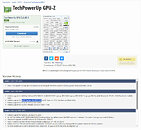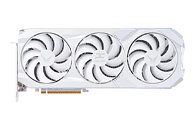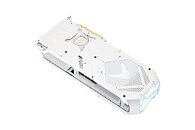
PowerColor Red Devil Radeon RX 9070 XT "Backplate Edition" Card Reportedly in the Works
Last week, PowerColor introduced a Spectral White spin-off of its flagship Red Devil Radeon RX 9070 XT Limited Edition model. According to fresh inside track info, the Taiwanese manufacturer is preparing yet another premium level RDNA 4 option. VideoCardz has detected whispers regarding a speculated "Red Devil Radeon RX 9070 XT Backplate Edition" product; the online publication has a history of sourcing pre-launch details from board partner industry moles.
PowerColor's older Red Devil graphics card products can be customized with swappable backplates—Devil Skin designs are identified as "Intrusive" and "Generative." VideoCardz believes that the alleged "Backplate Edition" card will be based on the brand's regular Red Devil RX 9070 XT model. It is not clear whether this special edition package will be bundled with successors to the two RX 7000 Series-only Devil Skin attachments, but insiders have indicated a current "in production" status of "Backplate Edition" cards.
PowerColor's older Red Devil graphics card products can be customized with swappable backplates—Devil Skin designs are identified as "Intrusive" and "Generative." VideoCardz believes that the alleged "Backplate Edition" card will be based on the brand's regular Red Devil RX 9070 XT model. It is not clear whether this special edition package will be bundled with successors to the two RX 7000 Series-only Devil Skin attachments, but insiders have indicated a current "in production" status of "Backplate Edition" cards.
















































































